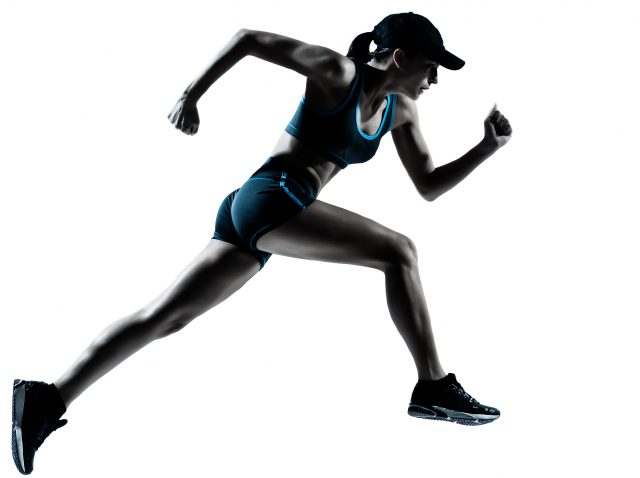By Jennifer Noll
RESTORE Movement Owner & Practitioner, Running Coach, Runner of 5 Marathons (& countless 1/2s, 10 milers & 5/10ks)
Running for general health is one of the best ways to keep your body functioning optimally and for the long haul.
Conversely, running as a weight loss program is not always the best option, however, It can be a secondary effect. Let’s look at how running is good for you, best ways to tackle a 5k/10k, as well as bust a few myths about running.
Running, walking, and a combination of both can improve overall health tremendously. Running is considered weight bearing, so while mainly a cardiovascular activity, there is still an element of muscular strength involved. Training the heart muscle via running or intervals has been shown to increase overall health, lower blood pressure, decrease risk of heart disease, just to list of few.
If you want to run better, you first need to move better. Running requires specific skills which need to be in your running tool box. Your tool box should consist of a gait analysis and re-evaluations, flexibility and mobility drills, balance training, strength training, cross training, and running. The first thing to focus on is moving better and learning the mechanics of running. Key elements of a runner’s mechanics are pulling your heel toward your glute using the hamstring muscle, leaning forward with a stable core on the stance leg, landing under the body, while the stance leg pulls up, then repeat again and again. Landing your foot under the body is key, regardless of whether you heel, midfoot, or forefoot strike. No reaching the leg beyond the body and sticking with the heel, as it will slow you down. A gait analysis will uncover your running mechanics, foot strike, and evaluate your sneaker tread to see where you land/strike the most. Rule of thumb, running shoes have a shelf life of 400 miles and older shoes will have an impact on training and potential injury risk.
Lets look at some of the movements involved when running. For the upper body we have breathing and arm swing, and for the lower body we have hip, knee, and ankle extension of the back leg, while the front leg has hip, knee, and ankle flexion. A sample exercise for breathing would be to practice diaphragm or belly breathing-seated or laying on the floor to feel the diaphragm expand……in through the nose, out through the mouth. Lower body exercises that mimic running are squats, lunges, and balancing on one leg. Planks, side planks, and variations of both will strengthen and stabilize the core and hips. These are definitely movements to practice. Movements that you don’t want to see when running are: shoulders shrugging, arms swinging across the body, clenched fist, head bobbing, or hips shifting.
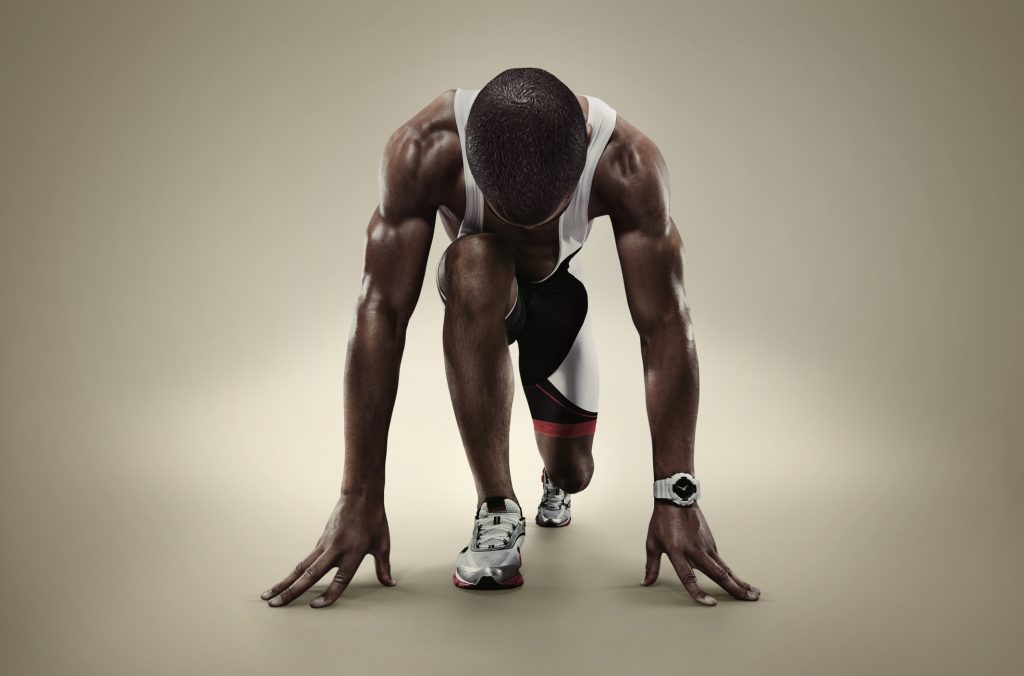
How many runners have heard friends, family and/or doctors tell us not to run because it’s bad for the knees? Running IS actually good for all your joints, knees included, if you are a healthy individual. However, there is a BUT. You must first move well for running to feel good on all your joints.
It always comes back to better movement.
I also recommended that you write down your specific running goals. Be as detailed as possible and focus on ‘process goals’. This way you can reward the process and not get discourage when things don’t go as planned. ‘Process goals’ lead to greater motivation and helps with consistency.
Keeping a training diary and tracking workings also holds you accountable to the process. Not only tracking what you did, you’ll want to track specific details. For running, make note of milage and how long it took. If you are doing intervals, keep a record of split times and rest times. This can be done with a tracking device on your phone, watch, or regular stop watch. Tracking longer runs at the mile interval will help you to see your progress, as well as alert you when you “hit the wall”.
Alternating intensities and formats of training at a slower pace and at race day pace will help your body to work more efficiently and improve your running economy. If you have a heart rate monitor, this can be the best tracker of cardiovascular output and improvements. Training with a monitor around your chest or wrist can help you control effort too, reminding you not to start out fast in the beginning of a run that you have no energy left for the end.
If you’re new to running or took a hiatus and want to sign up for a 5k (3.1 miles) or 10K (6.2 miles), where do you begin? This article has a few races listed below, as well as my suggestions on a productive training plan for your success (training period for a 5k is 8-9 weeks, and for a 10K is about 10-12 weeks).
A sample training program would consist of 3 days of running, to include longer duration running or walking to build endurance, as well as days for intervals. Yes, you read that correctly, I said only 3 days of running. What do you do with the remaining 4 days of the week? Schedule 2 days for strength, stability, balance, and flexibility, 1 day of cross-training, meaning a day for cardio activity that is different from running (row machine, swimming, boxing), then 1 day as a designated rest day.
Another example would be 2 days of running, 1 day of cross-training, 2 days of strength, stability and balance, and 2 days of rest.
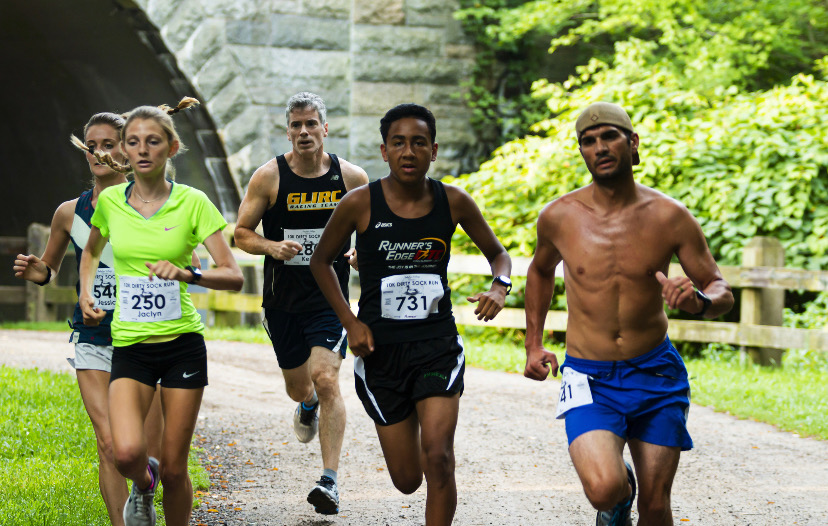
Lastly, I recommend finding a training partner or running group to keep you accountable and make running fun. Hiring a running coach or personal trainer to help with better movement is highly recommended as well. They can also create a more specific 5k/10k plan that’s right for you and will track your progress along the way. Ready to run? Here are some great races to train for and try!
November Races
Seven Summits Therapy 5k turkey trot Nov 24, Wayne
PHLY Turkey trot to benefit face to face Nov 24th
5K/1Mile turkey trot at Union League Liberty Hill Nov 24
St. Bernadette 14th annual 5k turkey trot Nov 26 Drexel Hill
Cardinal John Foley Turkey Trot Nov 26, Havertown
December Races
Jack Daniel’s Hot Toddy 5K, Dec 3
Schuykill River Loop Race 8.4 miles Dec 4
Chilly trail run 5k, Haverford Dec 3
Elves for the Shelves 5k Wayne Dec 3
Reindeer Romp 5k Havertown Dec 10
Rudolph Run Dec 10 Phila
Homeless for the Holidays 5k-Phila Dec 18
January 1st Races
Run for jack new years 5k Bryn Mawr
Stanley’s Dream 5k West Chester
February 11th
Feel the Love 5K Phila
Also, you may want to check out this great training guide for better movement: Running Rewired by Jay Dicharry, DPT
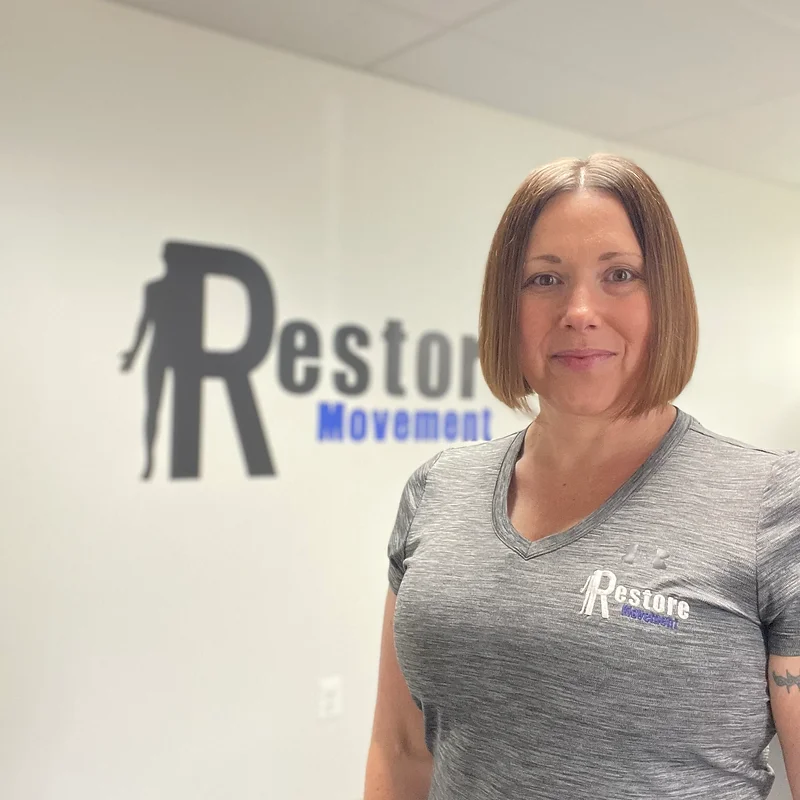
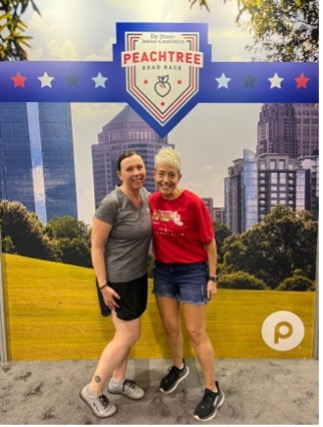
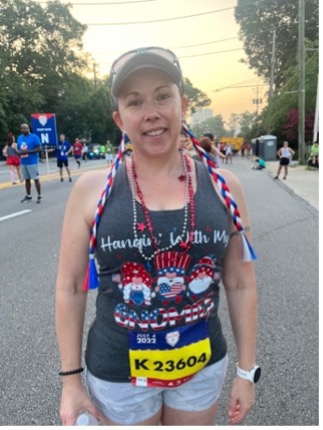
Restore Movement is located in Wayne, PA, [email protected], 484.372.3633


